At Davines HQ, a beauty revolution is taking root
Wallpaper* returns to Davines HQ in Parma, Italy, where a revolution in regenerative farming meets with the brand’s commitment to incredible haircare
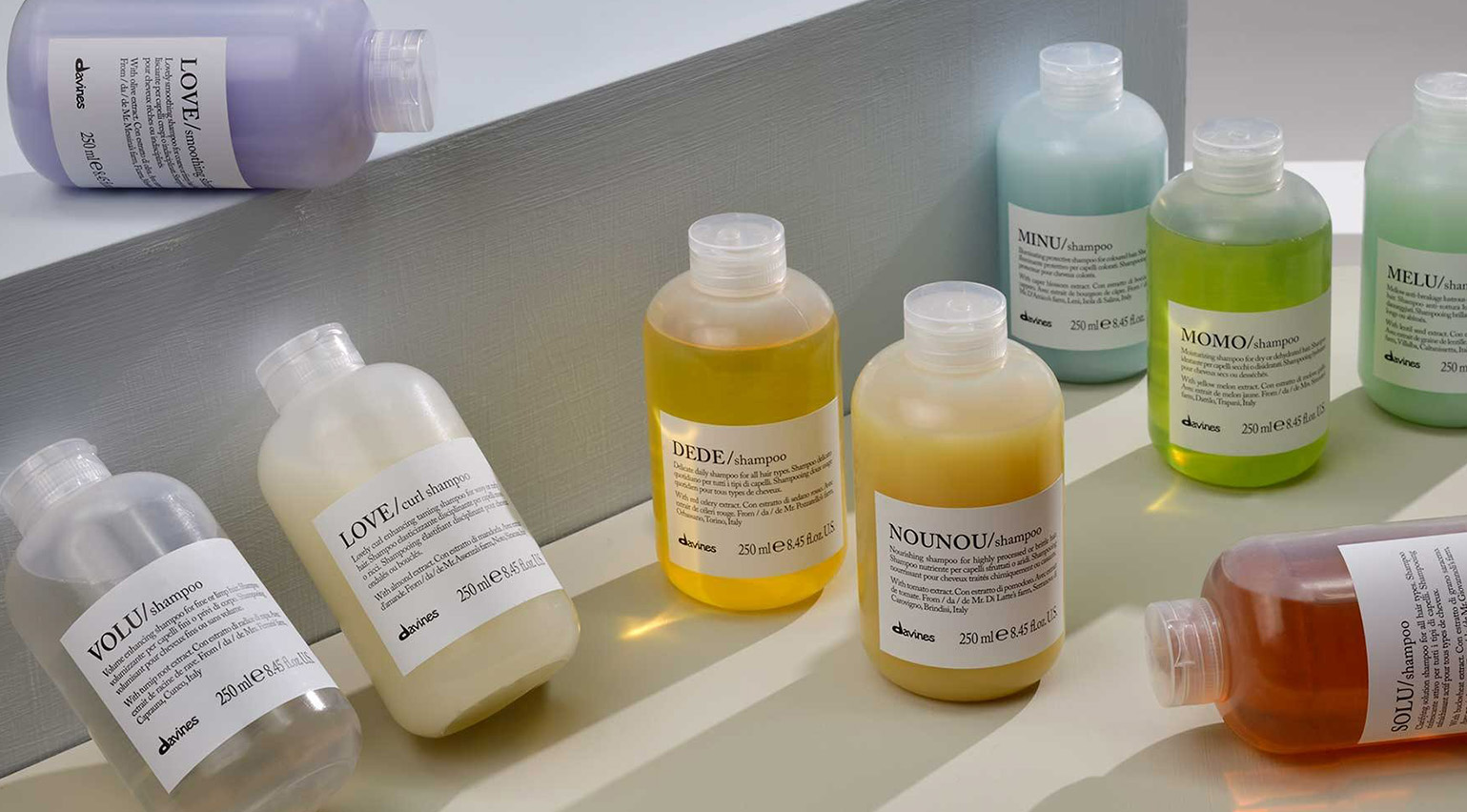
Haircare brand Davines, whose sleek, design-forward headquarters lie just outside Parma in Italy’s Emilia-Romagna region, has been advocating for regenerative farming since 2021. In fact, since its founding in 1983, the salon-first brand has been at the forefront of authentic, sustainable beauty, often outpacing its rivals. (Zero-waste plastics? Yesterday’s news. The cladding on Davines Village buildings actively absorbs emissions from the nearby road.)
‘For us, science and tradition aren’t in conflict – they inform and strengthen each other,’ Dr Simon Jackson, Davines’ global head of botanical research, says. ‘We respect the centuries of knowledge held in traditional systems and use modern science to measure, refine and scale those practices in meaningful, data-driven ways.’
Davines
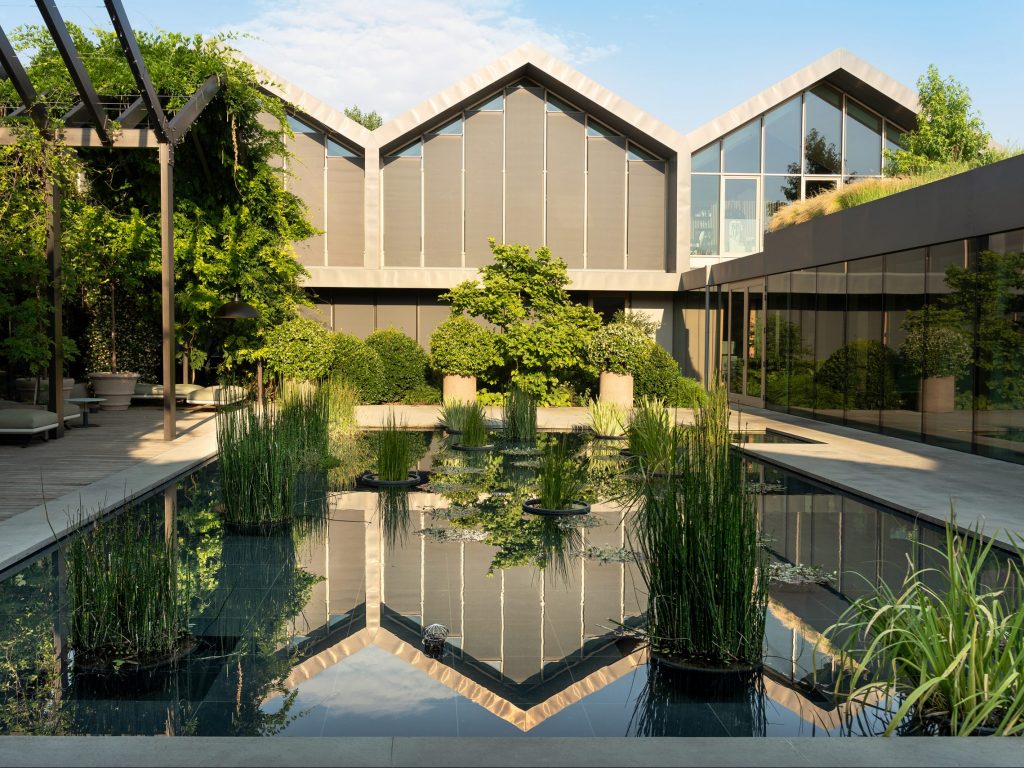
Davines HQ
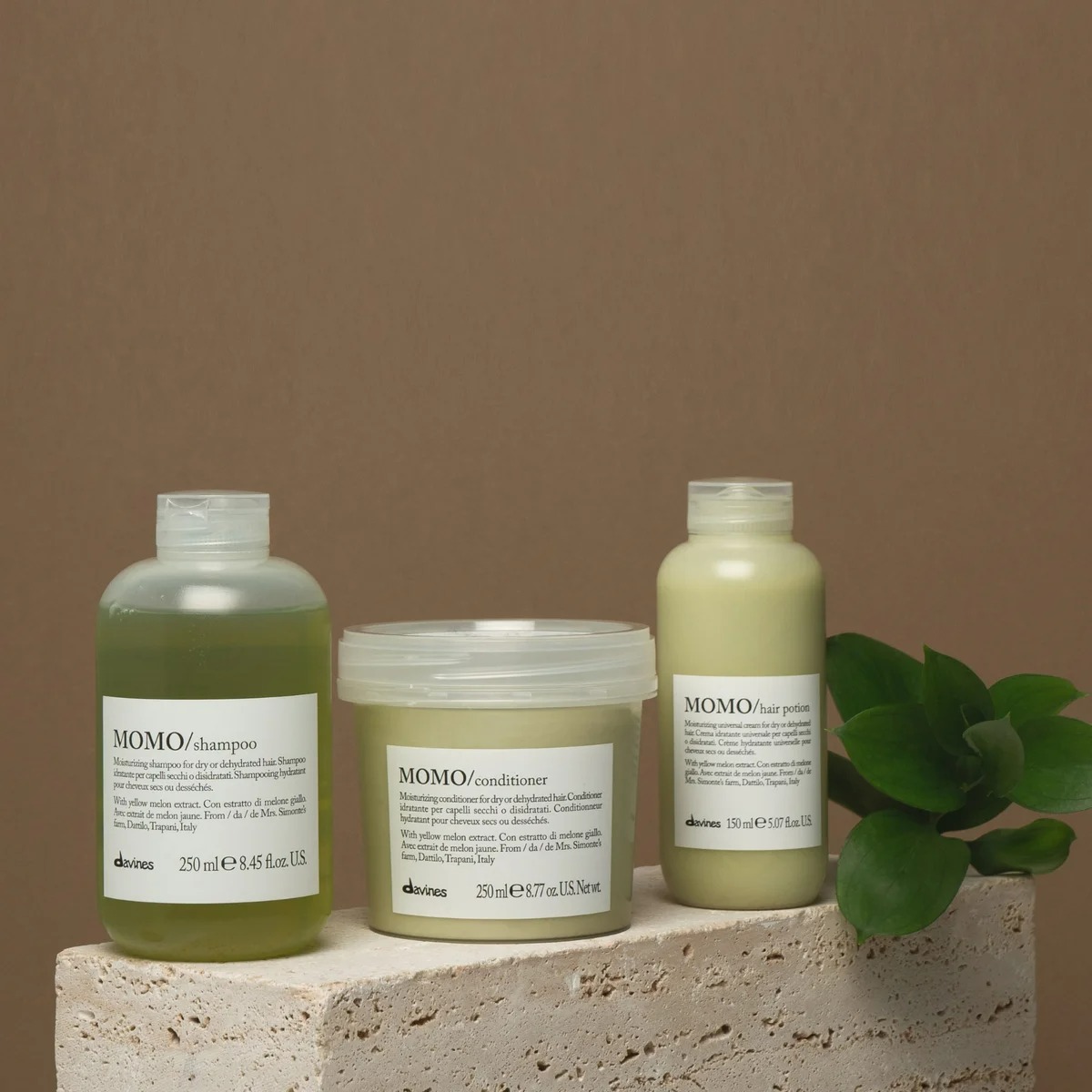
Davines Momo haircare range
Wallpaper* was among the first to visit the ‘Davines Village’, the nickname of Davines HQ, shortly after it opened. And on returning four years later, its standout architecture by Matteo Thun & Partners and Molteni&C|Dada, its carbon-neutral manufacturing processes, and its botanical gardens housing more than 4,500 plant species remain standouts. But in 2025, attention has turned to its European Regenerative Organic Centre (EROC), a 17-hectare hub of agricultural research poised to influence sectors far beyond beauty.
This push forms part of a broader agricultural shift underway in northern Italy, where increasing areas of arable land are being turned over to regenerative methods – a contemporary term for what is, at its core, an age-old practice. Rooted in principles drawn from centuries of agricultural wisdom, regenerative farming has long been overlooked in favour of industrial systems that prioritise profit and scale over environmental health.
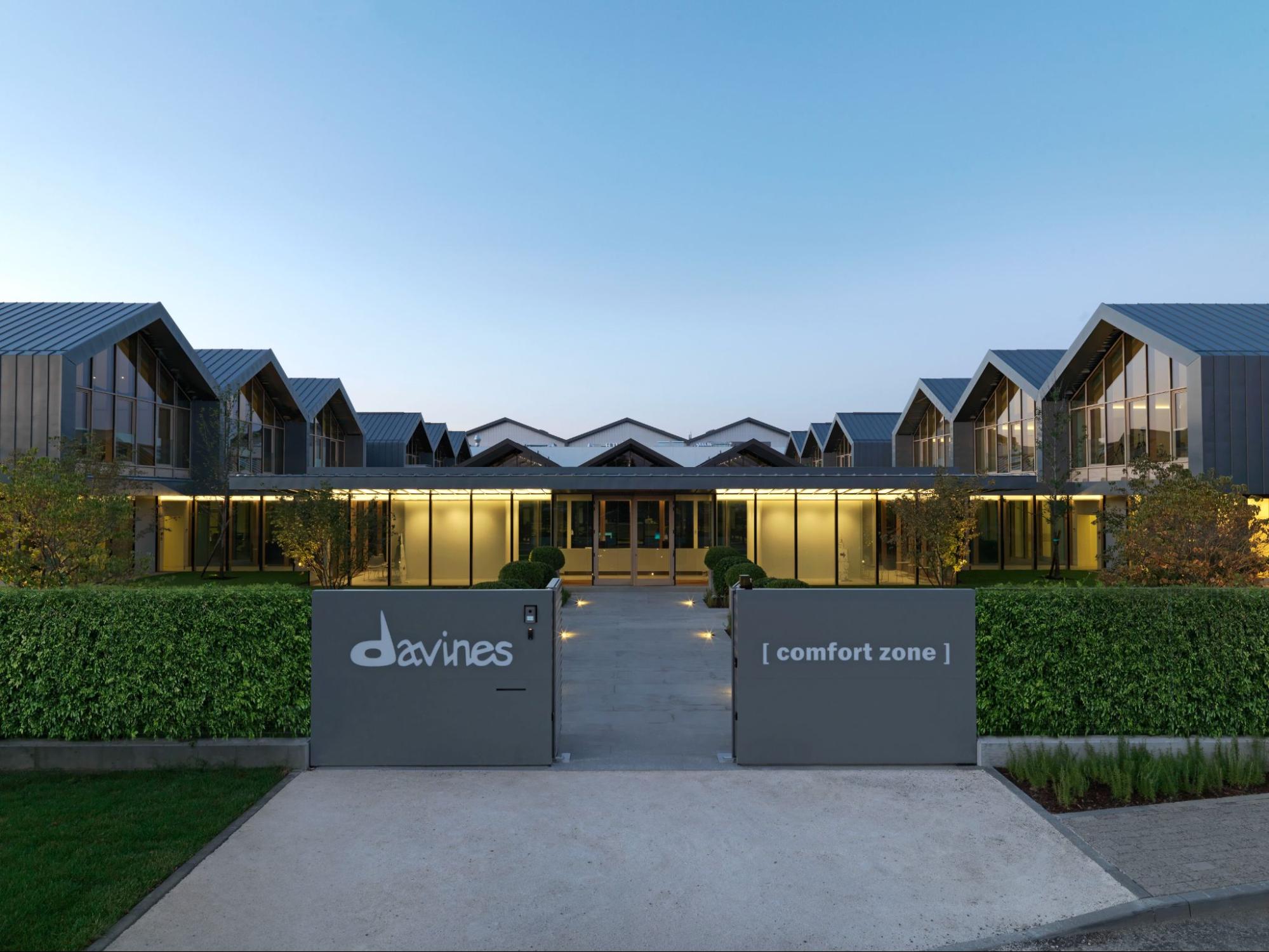
Davines HQ
The approach isn’t without its challenges. Yields can be inconsistent, the process is more labour-intensive, and widespread consumer education is needed before its full value is recognised. Yet the benefits are clear. Crops grown regeneratively can be sold across a wider range of industries, and over time, with reduced reliance on fertilisers and seeds, the method proves cost-effective, not to mention its environmental value, which is harder to quantify, but increasingly vital.
In partnership with the Rodale Institute, a non-profit US-based organisation that supports research into organic farming, Davines has been working to bring local farmers on board, offering training and award programmes. ‘The response has been overwhelmingly positive – and, in many cases, transformational,’ says Jackson. ‘Farmers often begin with cautious curiosity, but once they witness the tangible benefits to soil health, biodiversity and crop resilience, there’s a real sense of renewal. Many speak of reconnecting with the land – farming not just for yield, but with care and long-term stewardship.’
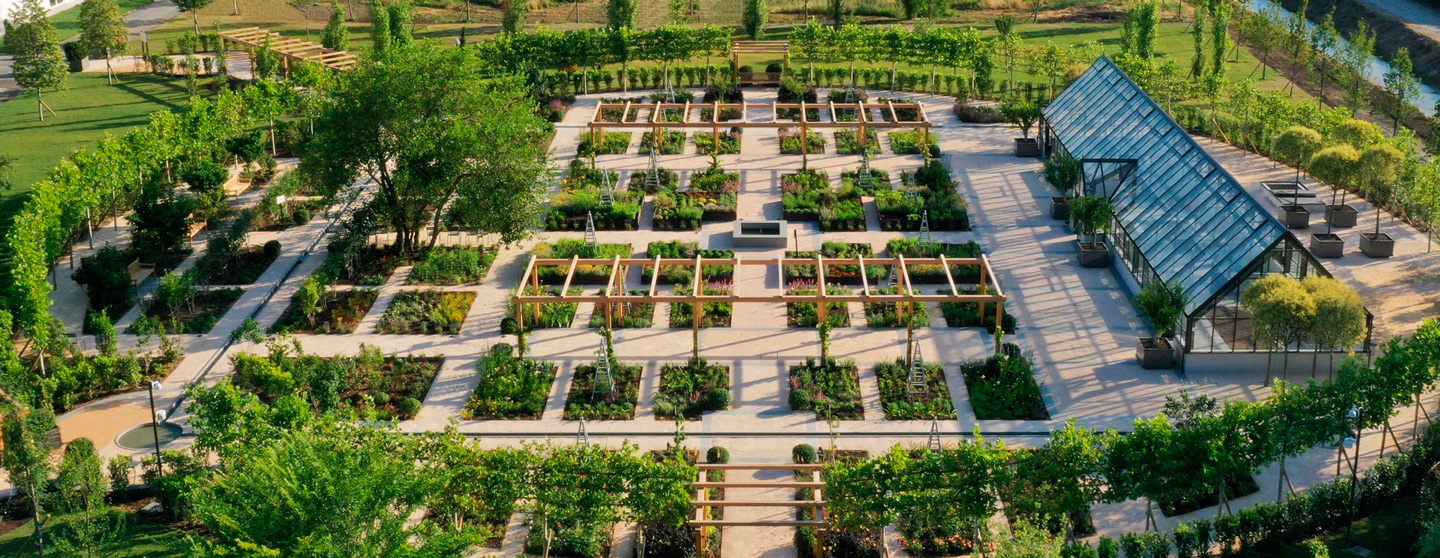
Davines HQ
None of this, of course, would count for much if the products didn’t deliver. But with access to top-tier ingredients, it’s little wonder Davines – whose lines include the blonde-focused Heart of Glass, sun-protective SU, and cult favourite OI range – is beloved by professionals and consumers alike.
Receive our daily digest of inspiration, escapism and design stories from around the world direct to your inbox.
Regenerative farming promotes biodiversity through the introduction of pollinators and hedgerows, employs cover crops and rotation, and minimises soil disturbance. Natural fertilisers, such as clover, increase nitrogen levels in the soil, leading to healthier, more productive crops. At Davines – a certified B Corp since 2016 – these harvests now also feed into products such as WE STAND/for regeneration, a multi-use butter for hair, body and face, formulated with regenerative organic calendula.
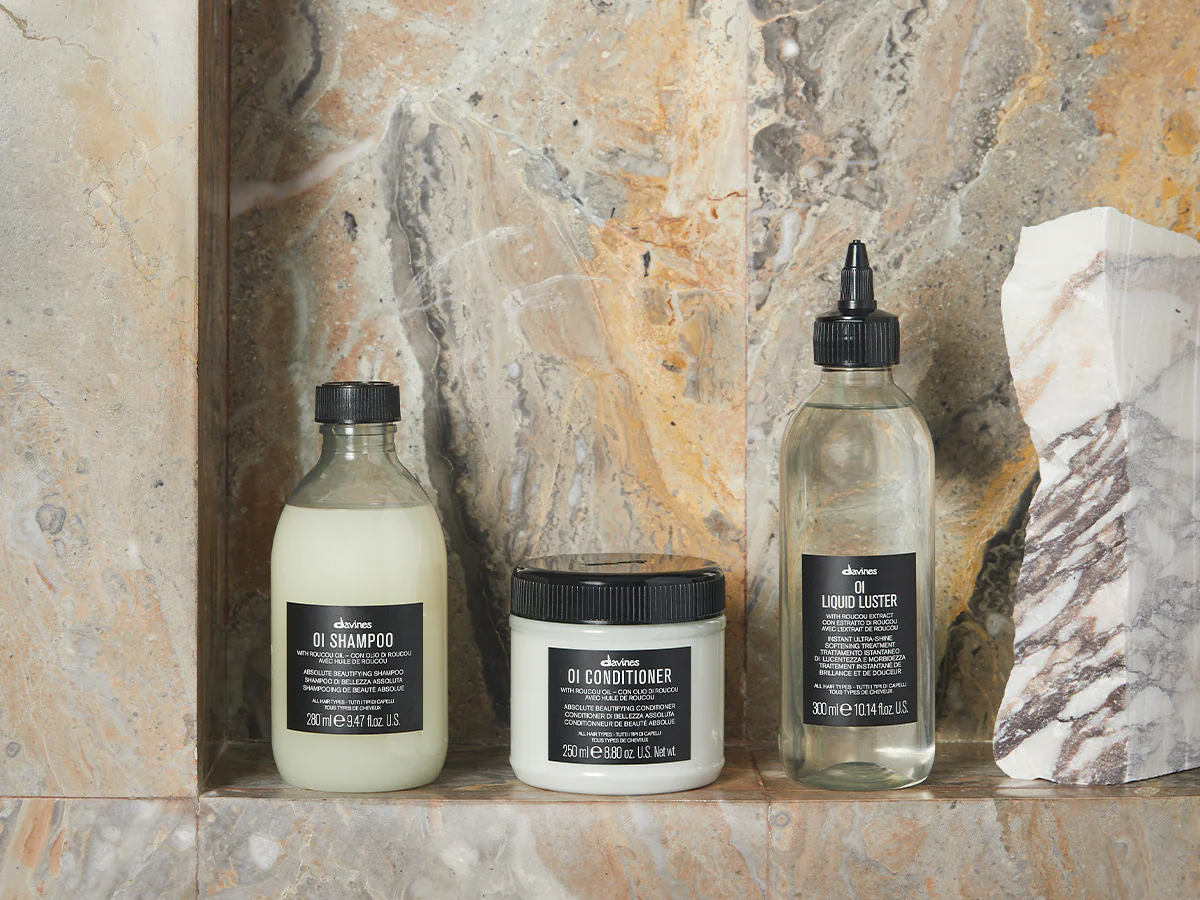
Davines OI haircare range
At Davines HQ, in true Italian style, food is never far from mind. The staff ‘canteen’ – though the term hardly does it justice – features a standing-only espresso bar and indulgent multi-course lunches. It’s no accident that EROC’s mission includes strengthening national food supply chains, further enhancing Italy’s already stellar produce.
Wander the village grounds and the connection to food resurfaces time and again: rosemary, caper berry, bergamot, ginger leaf and liquorice flourish in the gardens; Parma violet drifts on the breeze; alfalfa and wheat grow in fields destined for Parmesan and pasta. In its mission and execution, Davines Village feels like the Noma of haircare.
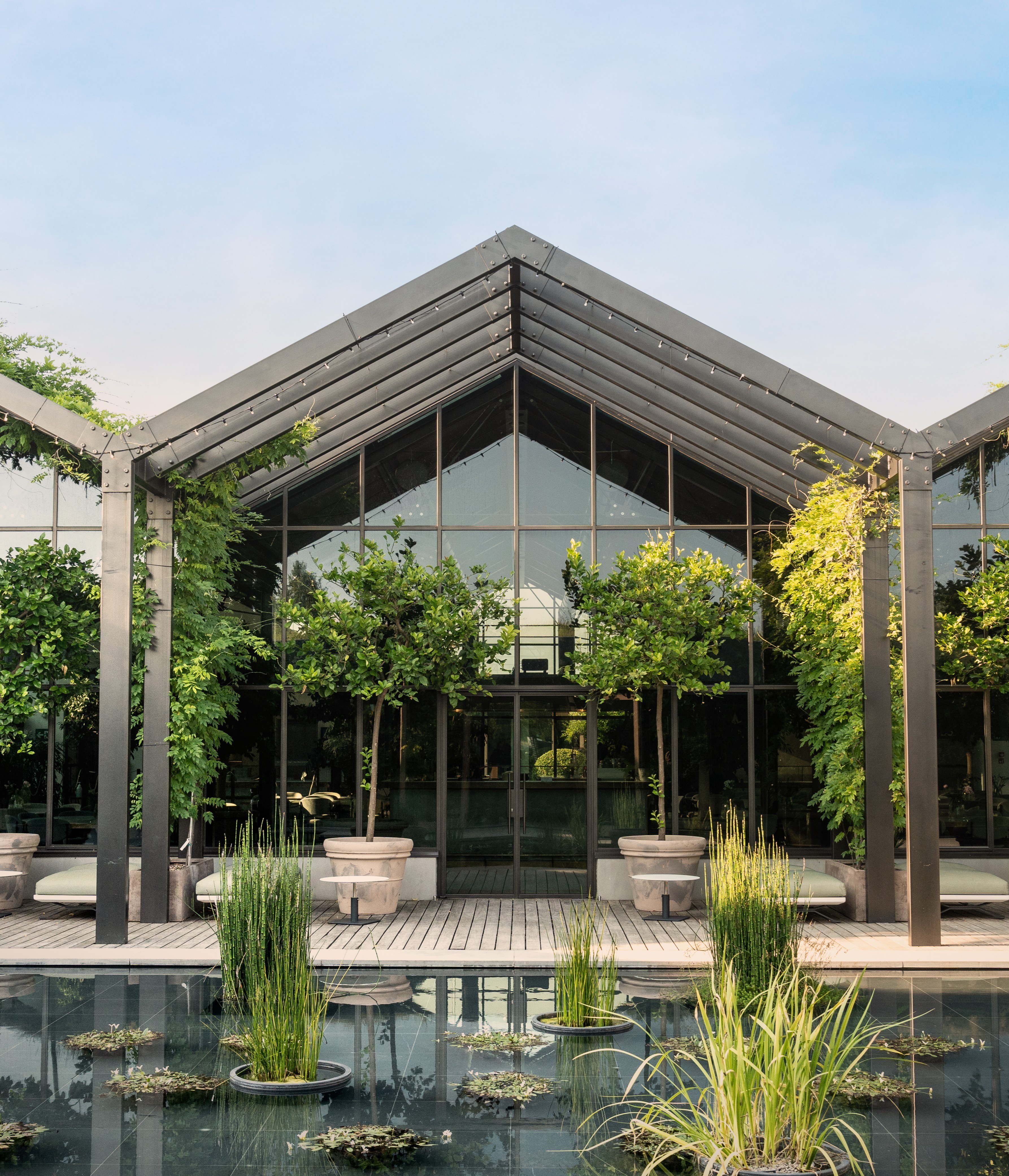
Davines HQ
Davines visionary approach to producing haircare products stands out in the beauty sphere, where ‘sustainability’ is so often reduced to a mere buzzword. ‘For consumers, choosing products made with regenerative ingredients means supporting soil health, climate resilience and farming communities,’ says Jackson. ‘It’s a simple but powerful act – one that connects beauty to a much deeper global impact.’
India is a writer and editor based in London. Specialising in the worlds of photography, fashion, and art, India is features editor at contemporary art and fashion bi-annual Middle Plane, and has also held the position of digital editor for Darklight, a new-gen commercial photography platform. Her interests include surrealism and twentieth century avant-garde movements, the intersection of visual culture and left-wing politics, and living the life of an eccentric Hampstead pensioner.
-
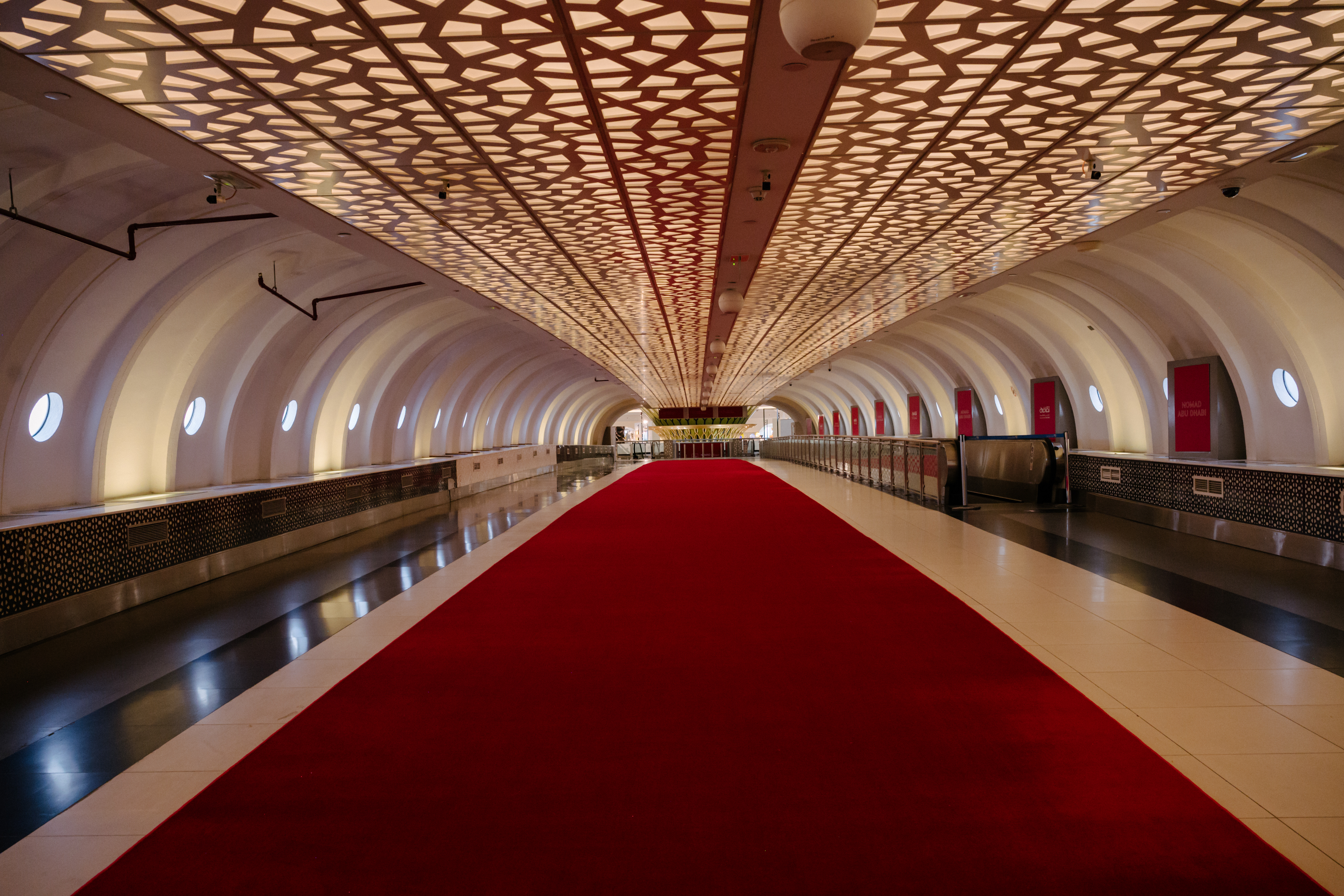 Itinerant design fair Nomad lands in Abu Dhabi's Zayed International Airport
Itinerant design fair Nomad lands in Abu Dhabi's Zayed International AirportNomad brings new life to an iconic Abu Dhabi building, marking a new point of arrival (or departure?) for collectible design in the region
-
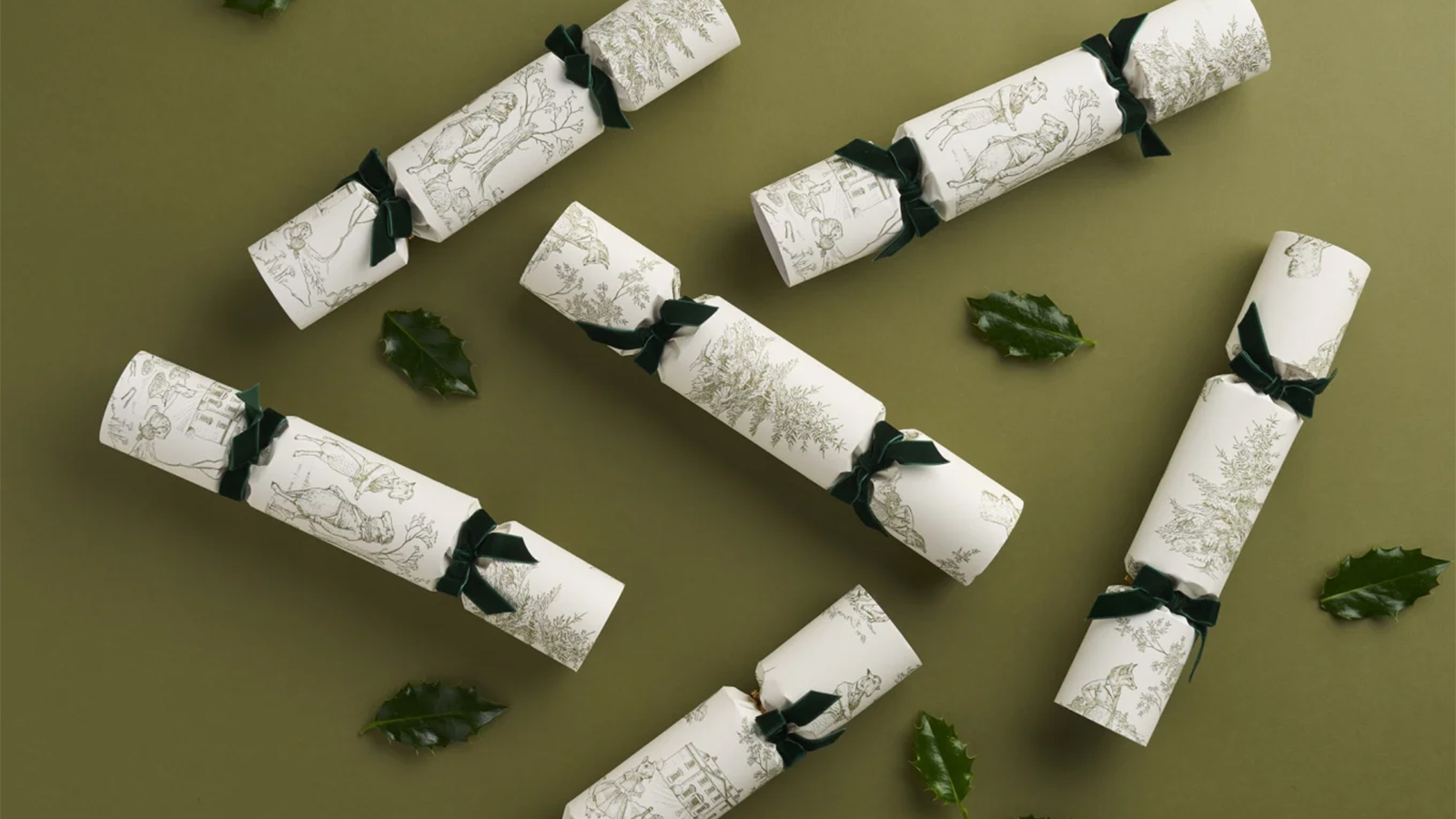 The best luxury Christmas crackers for a banging holiday celebration
The best luxury Christmas crackers for a banging holiday celebrationFrom sweet treats to beauty must-haves, these snappy little luxuries offer a fresh twist on tradition
-
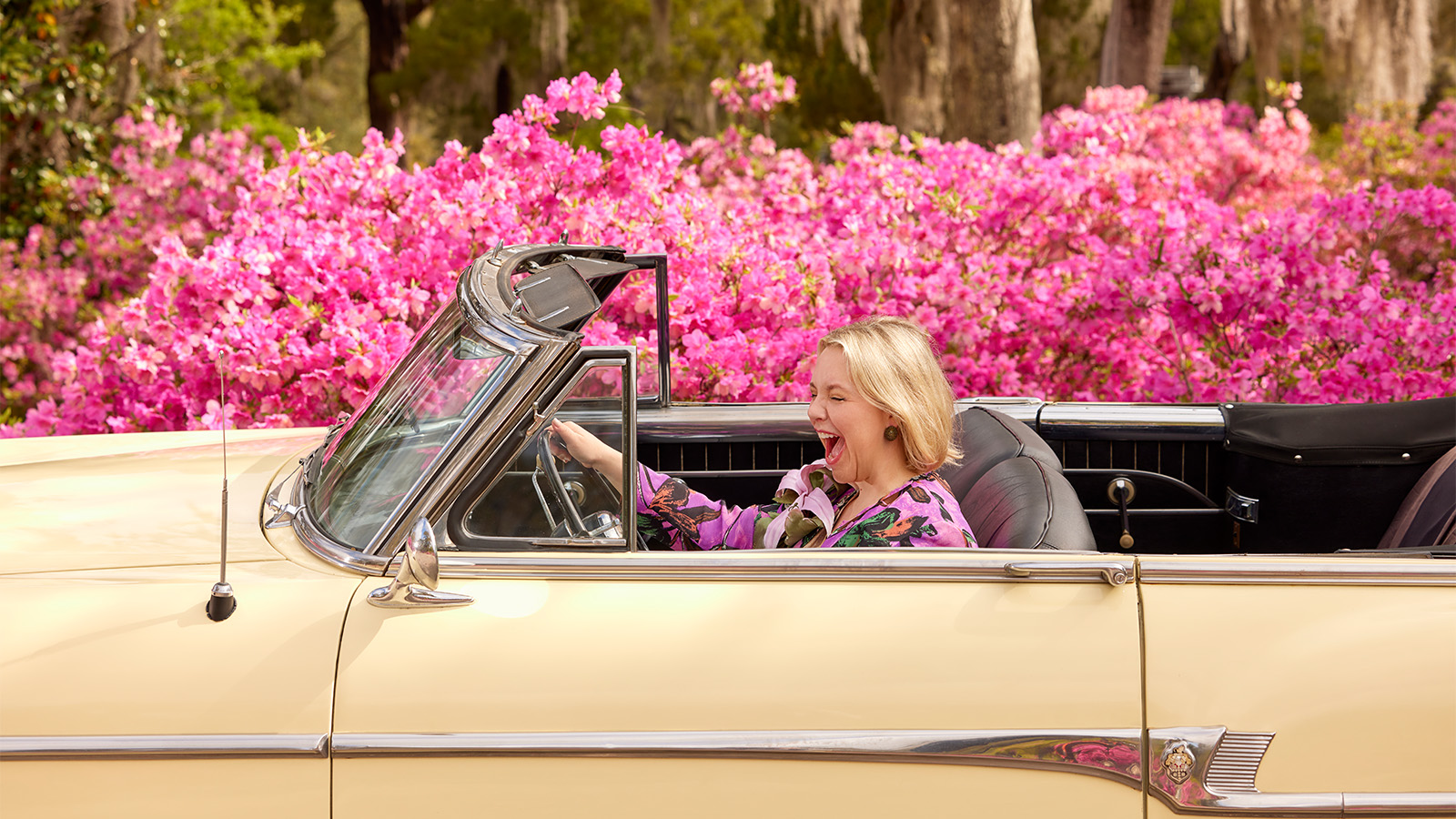 How We Host: Meet Rebecca Gardner, Sofia Coppola's favourite party planner
How We Host: Meet Rebecca Gardner, Sofia Coppola's favourite party plannerThe key ingredient to a good time? 'An element of danger,' the Houses & Parties founder tells us
-
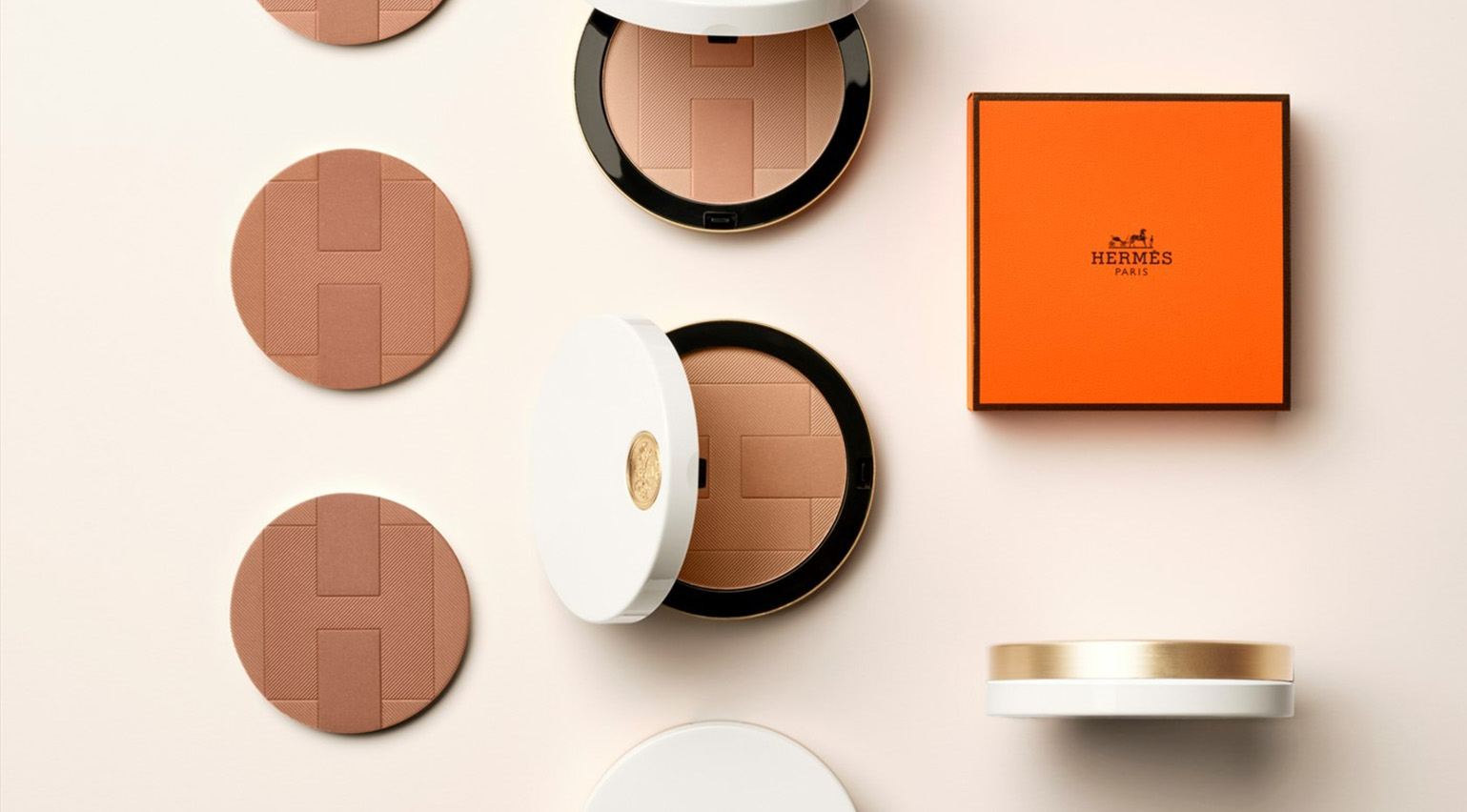 The best of refillable beauty design, edited by Wallpaper*
The best of refillable beauty design, edited by Wallpaper*Wallpaper’s pick of the best refillable beauty design includes make-up, skincare, fragrance and haircare with beautifully formed bottles, tubes and containers from the likes of Dries Van Noten, Davines and more
-
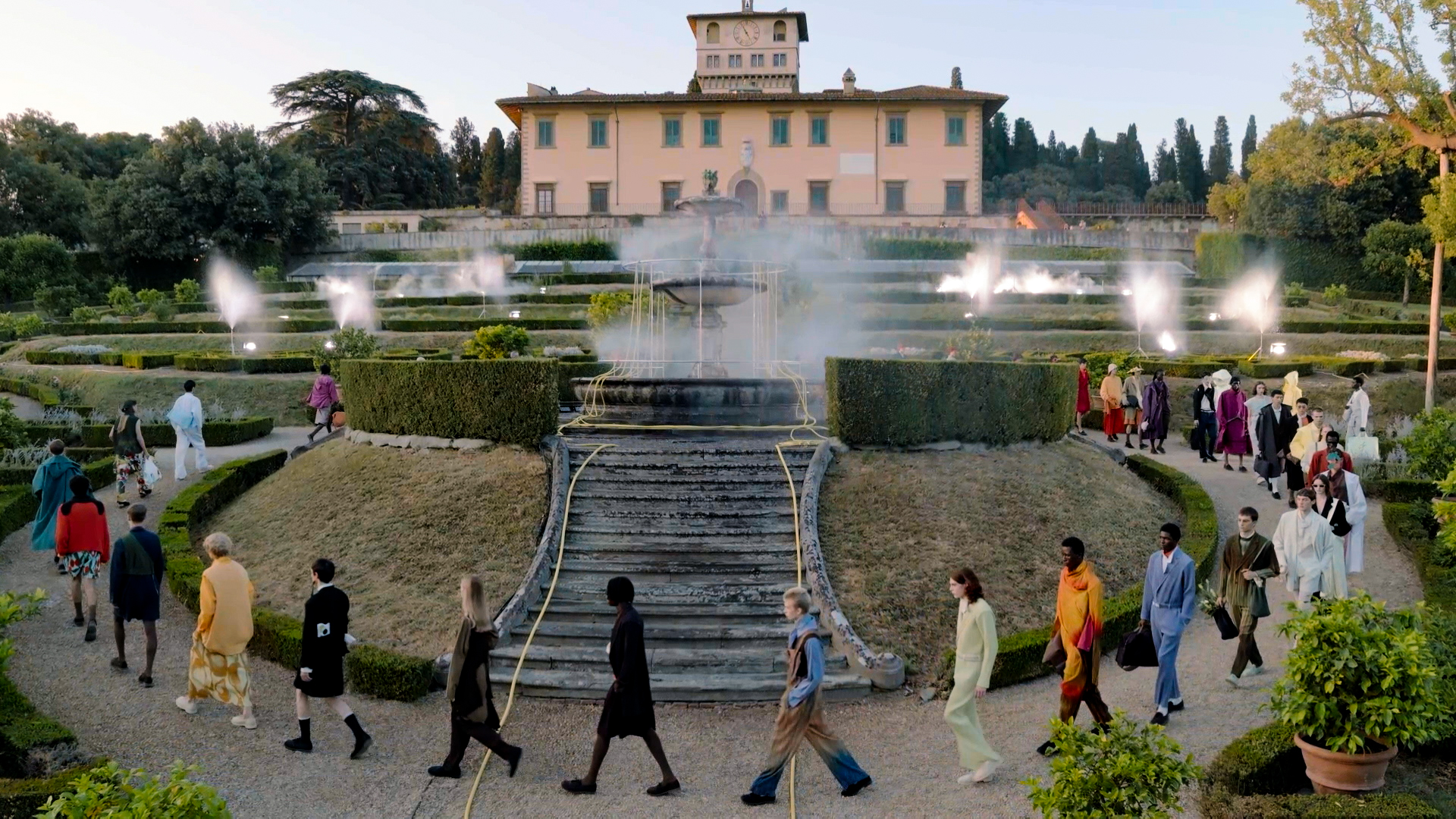 With an ode to Italy, Homme Plissé Issey Miyake brings its brand of fashion magic to Florence’s Pitti Uomo
With an ode to Italy, Homme Plissé Issey Miyake brings its brand of fashion magic to Florence’s Pitti UomoMarking the start of a new nomadic way of showing for the Japanese label, Homme Plissé Issey Miyake held its S/S 2026 show at Florence’s Villa Medicea della Petraia as part of Pitti Uomo last night (18 June) with a collection inspired by the colours and textures of Italy
-
 50 years of Santoni, the footwear brand steeped in Italian craft, celebrated in a new book
50 years of Santoni, the footwear brand steeped in Italian craft, celebrated in a new bookInside ‘Santoni Meraviglia’, a richly illustrated new tome published by Assouline that tells the story behind the Italian brand’s meticulously crafted footwear
-
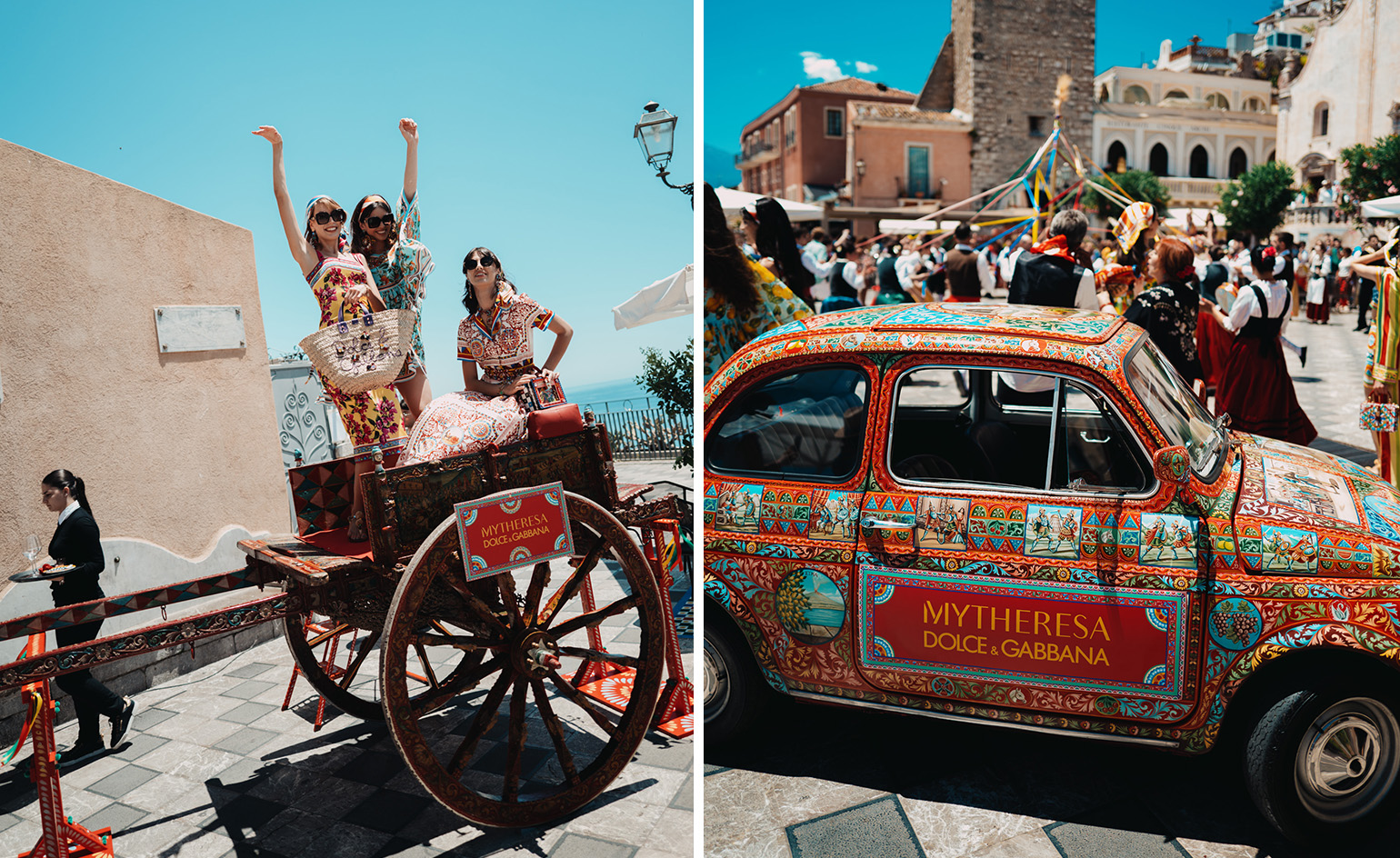 ‘The White Lotus’ meets La Dolce Vita: inside Mytheresa and Dolce & Gabbana’s Taormina takeover
‘The White Lotus’ meets La Dolce Vita: inside Mytheresa and Dolce & Gabbana’s Taormina takeoverWallpaper* travels to Taormina, Sicily, where a two-day celebration of the latest Dolce & Gabbana x Mytheresa collaboration centred around San Domenico Palace, A Four Seasons Hotel – the filming location of ‘The White Lotus’ season two
-
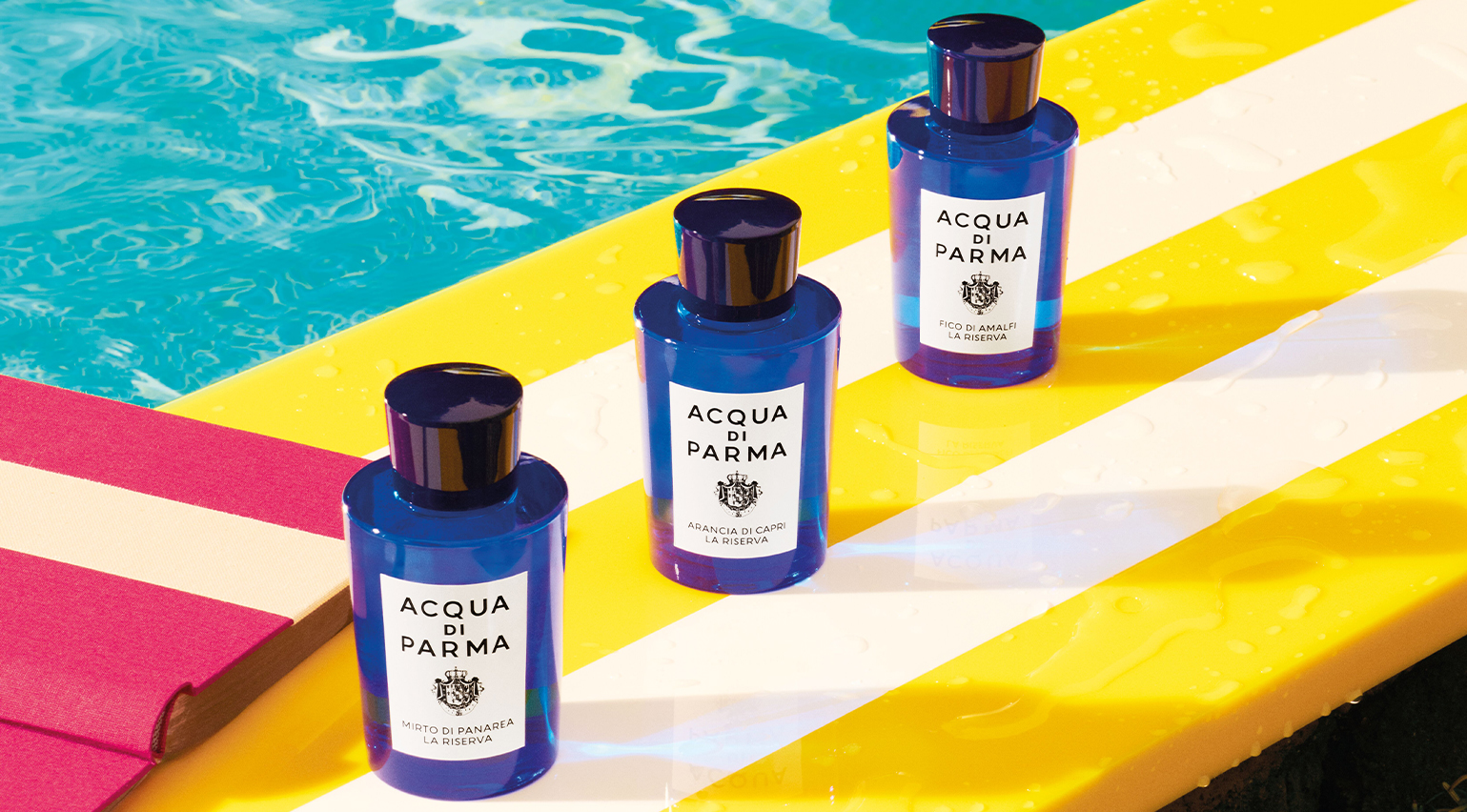 ‘A fuller and silkier sillage’: Acqua di Parma dials up the intensity of Blu Mediterraneo
‘A fuller and silkier sillage’: Acqua di Parma dials up the intensity of Blu MediterraneoAs Acqua di Parma unveils its new Blu Mediterraneo: La Riserva collection – a reinterpretation of three quintessential scents – Wallpaper* dives deeper into the story behind its making
-
 Highlights from the transporting Cruise 2026 runway shows
Highlights from the transporting Cruise 2026 runway showsThe Cruise 2026 season concluded last night with a cinematic Max Mara show in Naples, the latest in a series of jet-setting destination runway shows from fashion’s biggest houses
-
 Laminar’s S/S 2025 collection is full of independent spirit
Laminar’s S/S 2025 collection is full of independent spiritThe Italian brand, newly independent from Herno, has urban style and optimal performance covered for spring and summer
-
 Abra’s A/W 2025 beauty look embraced the 1980s with furry wigs and ‘greige’ lipstick
Abra’s A/W 2025 beauty look embraced the 1980s with furry wigs and ‘greige’ lipstickAbra’s A/W 2025 collection paid homage to New Romantics and the beauty routine of founder Abraham Ortuño Perez’s mother. Here, alongside hairstylist Charlie Le Mindu and make-up artist Cécile Paravina, he tells Wallpaper* more